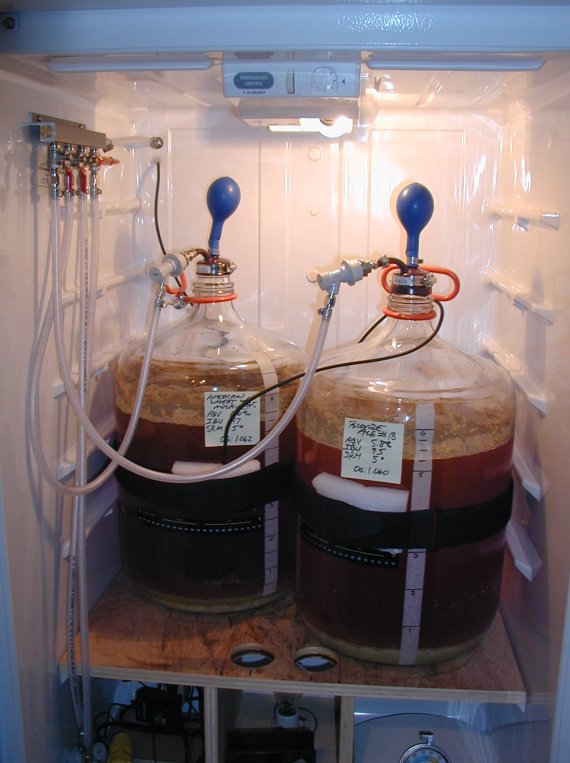coopertrooper
Member
- Joined
- Apr 21, 2020
- Messages
- 19
- Reaction score
- 5
Hello all,
I have a beer in my head but I'm not sure how to create it. Would love to hear others opinions on creating this.
Keywords for the beer: light, refreshing, almost no malt character, pear / stone fruit / or both, mildly sweet, easy drinking, summer beer.
First off I want to say that I am not interested in following any style, just in achieving the desired beer. Many ways to go about it for sure. I envision it as a beer with a simple grain bill, two different malts tops. I am debating whether to mash at around 150F or 154F. The 150F may end up a little more crisp, but if I am looking for a little sweetness maybe I should aim for 154F. Thoughts? For the hops I am looking for 2-3 different hop additions. I'll take the highest alpha acid hop and use that as bittering. Add everything else at 10 mins, 5 mins, and a final addition at 150F for 15-30 mins. Will also dry hop. Thinking about 4-6oz of hops total.
Alcohol: 4.5-5% abv
BU:GU ratio: 0.4-0.6
IBU: 18-30
Yeast I am considering (aiming for high ester/ fruit): wyeast 1318 (london ale III), escarpment foggy london ale, escarpment fruity witbier, wyest 1028 (london ale)
Hops (some combination of): Hallertau blanc (little more white wine character but could go well with this), el dorado, calypso, eureka, bravo
Grains: something simple, maybe 80% 2-row pale, 20% wheat malt mashed at 154F?
Water: might go for a more balanced sulfate/chloride ratio (either 2:1, or 1:1).
Would love to hear your ideas. Fire away! Feel free to refer me to another recipe if you think it fits the bill. Also, don't be afraid to completely suggest something totally different from what I have started with.
Thanks guys,
I have a beer in my head but I'm not sure how to create it. Would love to hear others opinions on creating this.
Keywords for the beer: light, refreshing, almost no malt character, pear / stone fruit / or both, mildly sweet, easy drinking, summer beer.
First off I want to say that I am not interested in following any style, just in achieving the desired beer. Many ways to go about it for sure. I envision it as a beer with a simple grain bill, two different malts tops. I am debating whether to mash at around 150F or 154F. The 150F may end up a little more crisp, but if I am looking for a little sweetness maybe I should aim for 154F. Thoughts? For the hops I am looking for 2-3 different hop additions. I'll take the highest alpha acid hop and use that as bittering. Add everything else at 10 mins, 5 mins, and a final addition at 150F for 15-30 mins. Will also dry hop. Thinking about 4-6oz of hops total.
Alcohol: 4.5-5% abv
BU:GU ratio: 0.4-0.6
IBU: 18-30
Yeast I am considering (aiming for high ester/ fruit): wyeast 1318 (london ale III), escarpment foggy london ale, escarpment fruity witbier, wyest 1028 (london ale)
Hops (some combination of): Hallertau blanc (little more white wine character but could go well with this), el dorado, calypso, eureka, bravo
Grains: something simple, maybe 80% 2-row pale, 20% wheat malt mashed at 154F?
Water: might go for a more balanced sulfate/chloride ratio (either 2:1, or 1:1).
Would love to hear your ideas. Fire away! Feel free to refer me to another recipe if you think it fits the bill. Also, don't be afraid to completely suggest something totally different from what I have started with.
Thanks guys,



